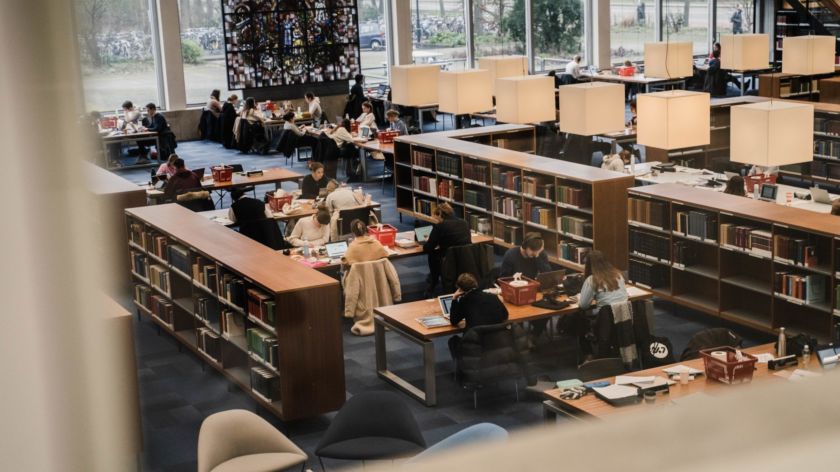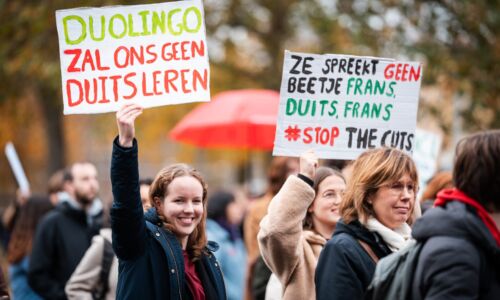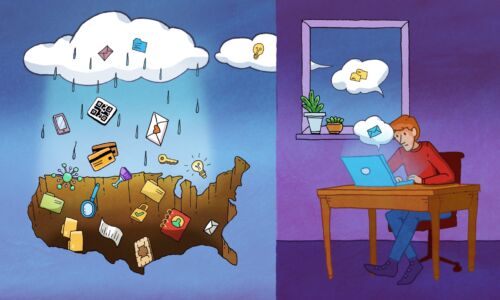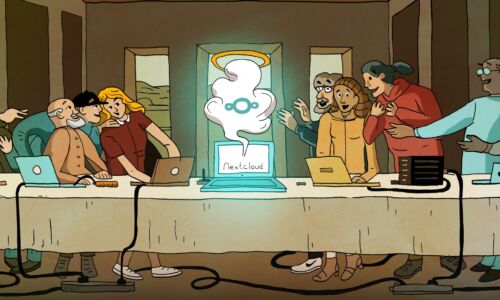Government says nothing wrong with drawing lots in higher education
-
 Studenten in de UB. Foto ter illustratie. Foto: Johannes Fiebig
Studenten in de UB. Foto ter illustratie. Foto: Johannes Fiebig
Popular study programmes with a limited number of places are going to be allowed to draw lots rather than use a selection system. The government has responded tersely to written questions from supporters and opponents in the House of Representatives.
Some study programmes want, or are able, to admit only a small number of students. If not, the quality of the teaching could suffer or the graduates might not be able to find a job. This applies to programmes with a fixed quota.
Previously you had to draw lots for such programmes but that caused resentment: motivated youngsters sometimes lost out and weaker students got a place. Since the year 2000, only study programmes such as medicine and physiotherapy have been able to select half of their first-year students.
Opposition
Only in 2017 was drawing lots completely forbidden in higher education. That too met with opposition. Is the selection system working well? How about equal opportunities? Selection appears to disadvantage youngsters with a migration background or an impairment, for instance.
The government wants to make it possible once again to draw lots for enrolment in popular study programmes. They can opt to do so if it is impossible or unnecessary to make a distinction based on talent and motivation.
This is a sore point with governing party VVD. Why should it not be possible to make a distinction between prospective students, the liberals ask in a written consultation.
Conversely, the Socialist Party asks why selection procedures are used at all. Isn’t it better to draw lots, at any rate until you have examined how you can prevent inequality of opportunity in your selection?
Nothing is compulsory
Other parties are also asking questions – some more sceptical, some less – about drawing lots or about selection. The government has responded to them tersely and the answer in all cases boils down to more or less the same thing: not much is going to change. If a study programme prefers a system of drawing lots to selection, it may do so but it is not compulsory. And of course an investigation is under way into the effects of selection. Indeed, the minister has just sent the House a report from the Inspectorate of Education about self-selection: who is going to be scared off if a study programme puts up a barrier?
There is one more complex issue. The House of Representatives thinks it is a good idea to ‘blend’ the two forms of admission: first make a selection, then draw lots among the rest. The government does not want to consider that, for reasons of principle.
The government’s reasoning is that an initial screening of that kind among the applicants would mean that some were considered unsuitable even though they had the necessary high school diploma. That is something to which the government does not want to be party. All high school graduates are suitable for further education; that is what the diploma is for.
More equality of opportunity
Drawing lots among all the applicants ensures “a greater degree of equality of opportunity”, in the government’s view, because students then also have a chance if they “have been unable to benefit from expensive tutoring, exam training or other commercial form of preparation”.
In any case, study programmes can opt for a ‘weighted’ lottery, giving some of the applicants a greater chance based on their examination marks. They are also permitted to admit students with an 8 or higher straight away, as was the case previously.
If the bill is adopted, the new rules will apply with effect from the admissions for the academic year 2024-2025.



